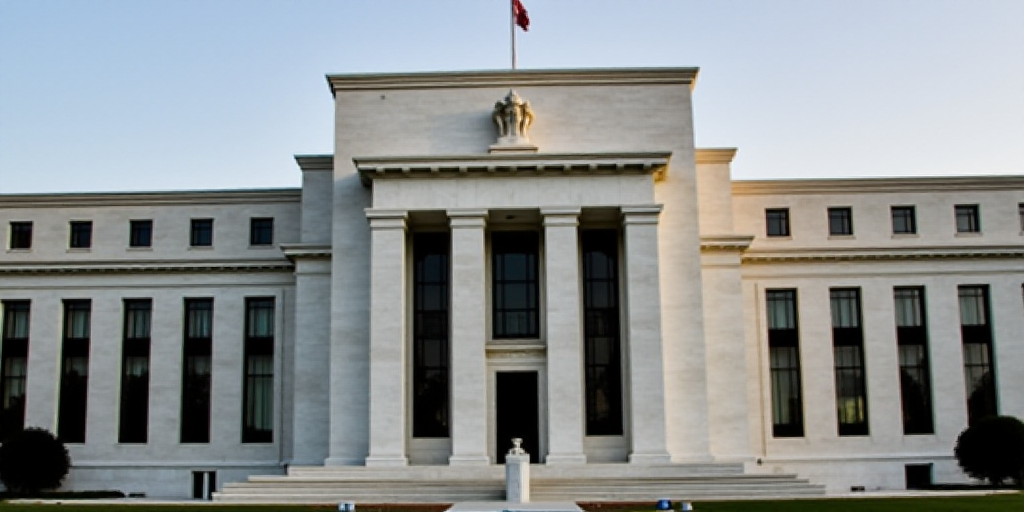Key Figures and Their Roles
The Federal Reserve (Fed), led by Vice President Philip Jefferson and Presidents Raphael Bostic of the Atlanta Fed and John Williams of the New York Fed, is carefully examining the implications of a recent downgrade in the U.S. government’s credit rating and market instability.
Fed Officials’ Response to the Credit Rating Downgrade
During a conference at the Atlanta Fed, Vice President Philip Jefferson stated, “We will analyze this downgrade with the same perspective as all incoming information. Our focus is on its implications for achieving our objectives, not on what it might signify in a political economy context.”
President Raphael Bostic of the Atlanta Fed echoed these sentiments in an interview with CNBC, saying, “The downgrade will have implications for the cost of capital and many other aspects, potentially impacting the economy.”
Economic Uncertainty and Long-term Trends
Bostic acknowledged the changing economic landscape, stating that it may take three to six months to observe how the situation stabilizes. He emphasized that this period would be crucial in determining people’s willingness to invest in the U.S.
Long-term spending trends and a proposed Republican budget that would add more debt have heightened concerns about an imminent crisis. However, President John Williams of the New York Fed acknowledged market issues while suggesting that some concerns might be exaggerated.
Key Questions and Answers
- Q: How is the Federal Reserve responding to the recent credit rating downgrade?
A: Fed officials, including Vice President Philip Jefferson and Presidents Raphael Bostic and John Williams, are cautiously analyzing the implications of the downgrade on their economic objectives without speculating on its political significance.
- Q: What are the potential impacts on the economy due to the downgrade?
A: According to President Raphael Bostic of the Atlanta Fed, the downgrade could affect the cost of capital and various aspects of the economy.
- Q: How long might it take for the economic situation to stabilize?
A: President Raphael Bostic of the Atlanta Fed suggests that it may take three to six months to observe economic stabilization, which will be a critical factor in determining investment willingness in the U.S.
- Q: What are the concerns regarding long-term spending trends and proposed budget changes?
A: Long-term spending trends, combined with a proposed Republican budget that would increase debt, have raised concerns about an impending crisis. However, John Williams, President of the New York Fed, acknowledges these issues while suggesting that some concerns might be overstated.






